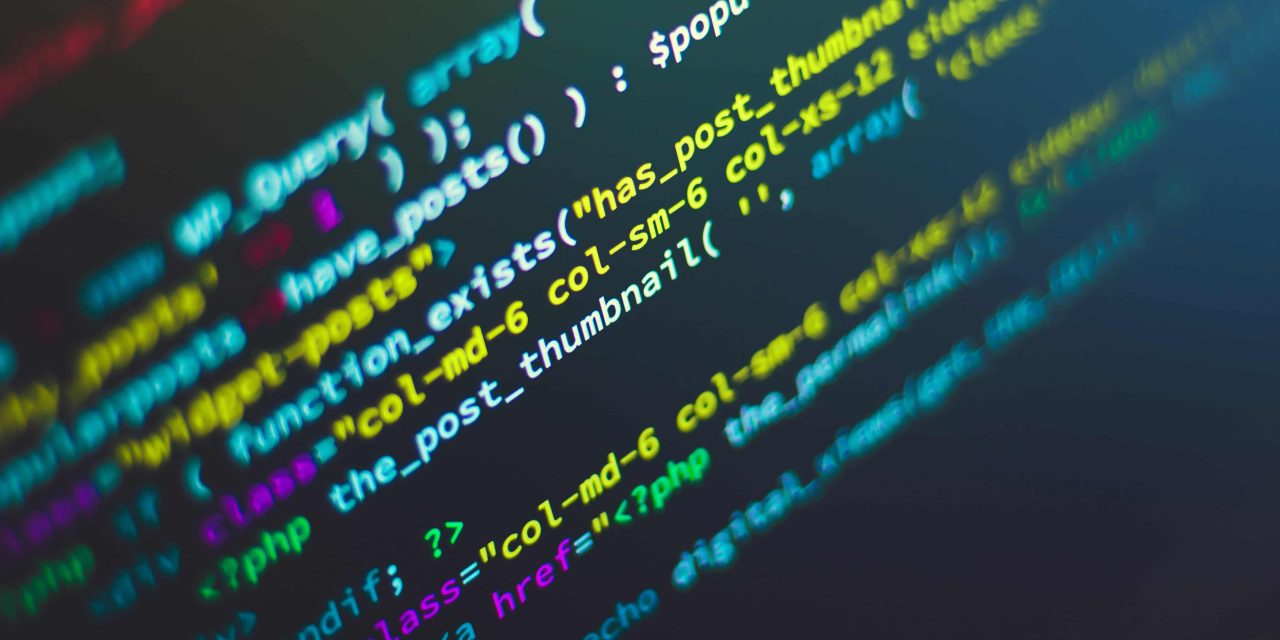Introduction
Understanding how the human brain processes language has long been a fascinating endeavor for neuroscientists. In a recent study conducted by MIT neuroscientists, the intricacies of the brain’s language processing centers were explored using an artificial language network.
The Impact of Sentence Complexity
The study revealed that sentences with complex structures, characterized by unusual grammar or unexpected meanings, activate the key language processing centers in the left hemisphere of the brain. In contrast, straightforward sentences and nonsensical word sequences barely engage these crucial regions.
Examining Brain Responses
Researchers observed heightened brain activity when participants read sentences like “Buy sell signals remains a particular,” sourced from the C4 language dataset. Conversely, the brain network remained relatively quiet when exposed to straightforward sentences such as “We were sitting on the couch.”
Language Network Specifics
The study focused on the language-processing regions located in the left hemisphere of the brain, including Broca’s area and other parts of the left frontal and temporal lobes. This network, highly selective to language, responded differently based on the complexity of the linguistic input.
Methodology: Combining Human Participants and AI
To conduct the study, researchers compiled a diverse set of 1,000 sentences from various sources. Human participants read these sentences while their brain activity was measured using functional magnetic resonance imaging (fMRI). Simultaneously, the same sentences were fed into a large language model, similar to ChatGPT, to measure the artificial language network’s activation patterns.
The Encoding Model: Bridging Human and Artificial Responses
By training an encoding model that correlated human brain responses with those observed in the artificial language model, researchers could predict how the human language network would react to new sentences. This novel “closed-loop” modulation of brain activity during language processing represents a significant advancement in understanding higher-level cognition areas, such as the language network.
Conclusion
The study sheds light on the nuanced ways in which the brain responds to different sentence structures, providing valuable insights into language processing. The integration of human participants and artificial intelligence opens new avenues for exploring the intricacies of cognitive functions.
Author Introduction: Pritish Kumar Halder
Pritish Kumar Halder is an accomplished author and neuroscience researcher, known for his contributions to understanding the complexities of the human brain. With a keen interest in language processing, Halder’s work delves into the intersection of artificial intelligence and neurobiology, unraveling the mysteries of cognition. As a member of MIT’s McGovern Institute for Brain Research, Halder continues to push the boundaries of knowledge in the field of neuroscience.











